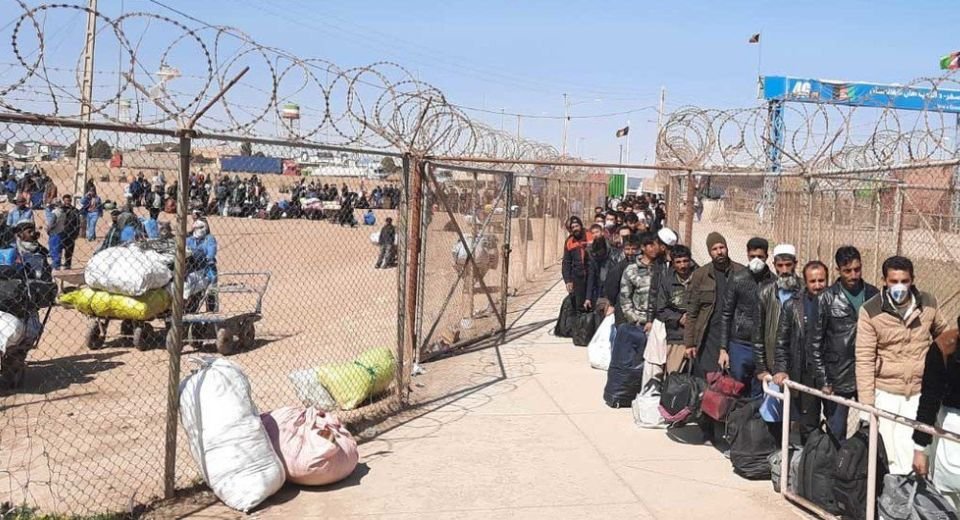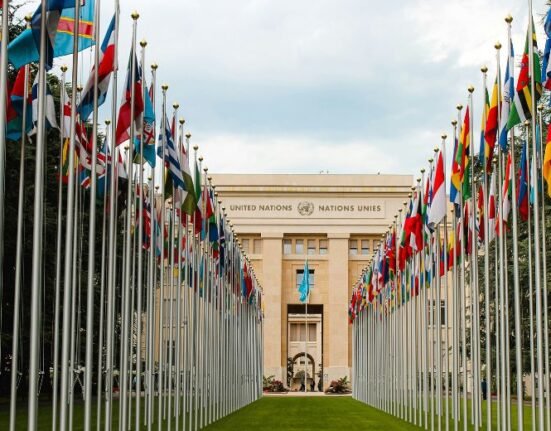HQ Team
Wednesday 26, 2025: At least 2,515 people were killed along the perilous migration routes in Asia last year, making it the deadliest on record, according to the UN International Organization for Migration.
The Asian migration deaths were the highest, with the Mediterranean Sea following with 2,452 fatalities, Africa accounting for 2,242 deaths, the Americas with 1233, and Europe with 233.
The Asian deaths represented a 59% increase from the 1,584 deaths recorded in the previous year 2023, highlighting the worsening dangers faced by people on the move.
Global deaths due to violence remained prevalent for people on the move. Since 2022, at least 10 per cent of all migrant deaths recorded occurred because of violence.
In 2024, this was due in large part to violence against those in transit in Asia, with nearly 600 lives lost on migration routes across South and South-eastern Asia.
Rohingya, Afghans
“No one should lose their life in pursuit of safety or a better future,” said Iori Kato, IOM Regional Director for Asia and the Pacific.
“Every life lost on migration routes in Asia, or anywhere else, is a stark reminder of the urgent need for safe and regular migration pathways – these are preventable tragedies.”
The increase in migrant deaths in South Asia was primarily linked to two of the region’s most vulnerable populations: the minority Muslim Rohingya fleeing Myanmar and Afghans escaping conflict and instability.
“The increase in deaths across Asia of people fleeing conflict and persecution in the region is of grave concern,” Kato said.
In 2024, at least 1,517 Afghan migrants lost their lives while in transit – up 39% from 2023.
Deaths among Rohingya migrants more than doubled, reaching 889 compared to 436 the previous year.
Unsafe boats, extreme weather
On 5 August 2024 alone, over 150 people were reportedly killed by artillery fire while attempting to cross the Naf River from Myanmar to Bangladesh.
The International Organization for Migration also threw light on the risks facing migrants extended beyond conflict-related violence. Many are vulnerable to perilous conditions en route, including overcrowded and unsafe boats, abuse by smugglers and extreme weather conditions.
Lack of identification of migrants was also a major concern, with over 1,000 of those who died in 2024 unidentified. Among the documented deaths, 1,086 were men, 205 were women and 217 children.
“A lack of official reporting of data on missing migrants means we know our data do not fully capture the true number of lives lost during migration in Asia,” Kato said.
“And even within the records we have, so few identifying details are known, meaning there are immeasurable effects on families searching for lost relatives,” he added.
Economic inequality, climate change
Migration in Asia is complex, driven by economic inequality, conflict and environmental factors, worsened by climate change. However, limited legal pathways have forced many to rely on irregular and highly dangerous routes.
One of the deadliest corridors remains the Bay of Bengal and the Andaman Sea, where stateless Rohingya and Bangladeshi migrants embark on treacherous sea journeys in search of refuge.
Many pay smugglers for passage, only to find themselves trapped on overcrowded boats with insufficient food and water, facing violence from crew members and the risk of being turned away at their destination.
Border violence
Overland migration routes across South and Southeast Asia – such as those from Nepal to India, or from Afghanistan and Pakistan through Iran and Turkey – also pose serious risks. Migrants frequently endure extreme environmental conditions, exploitation by traffickers, and border violence.
Sea crossings to Australia, once a significant migration route, have sharply declined in recent years due to strict border controls, according to IOM.
While official data on boat interceptions remains scarce, the closure of this route has left many stranded in transit countries with little access to healthcare, increasing their vulnerability to exploitation.








